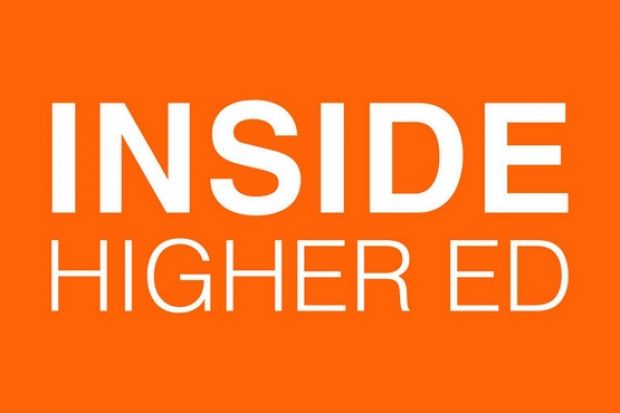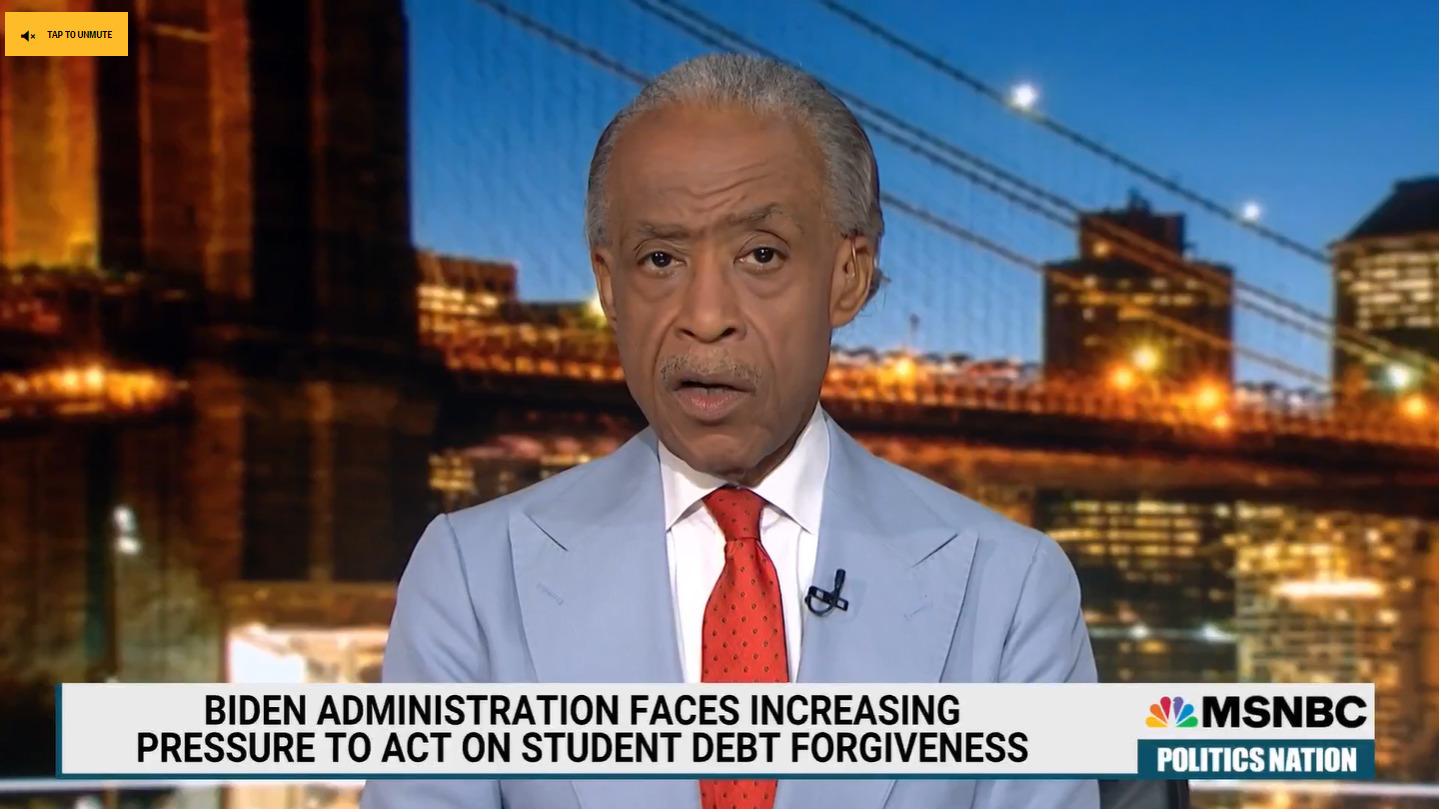Latest report
Indicators of Higher Education Equity in the United States 2024: 50-Year Historical Trend Report
This 2024 edition is the 9th in the current series, begun in 2015. This publication brings together again in partnership the Pell Institute with the Alliance for Higher Education and Democracy of the University of Pennsylvania (PennAHEAD). Both organizations have a core mission to promote a more open, equitable, and democratic system of higher education. The Pell Institute, with its historical and ongoing ties to the federal TRIO programs, has a special mission to promote more opportunity for low-income and first-generation students, and students with disabilities.
2022
Indicators Of Higher Education Equity In The United States: 2022 Historical Trend Report
This 2022 edition is the 8th in the current series, begun in 2015. This publication brings together again in partnership the Pell Institute with the Alliance for Higher Education and Democracy of the University of Pennsylvania (PennAHEAD). Both organizations have a core mission to promote a more open, equitable, and democratic system of higher education. The Pell Institute, with its historical and ongoing ties to the federal TRIO programs, has a special mission to promote more opportunity for low-income and first-generation students, and students with disabilities.
Presentations
Reducing Equity Gaps in Educational Attainment in and among the United States
The fifty states are diverse in geography, history, culture, and demographics. Each state has unique features contributing to the diversity of the United States. Education is a fundamental human right, and discussing ways to reduce equity gaps ensures that all students have an equal opportunity to succeed regardless of their socioeconomic background. Addressing the critical questions and using data from the most recent Equity Indicators Historical Trend Report, two state legislators discuss how reducing equity gaps in educational attainment can help close achievement gaps, boost economic growth, foster a more inclusive society, and improve the quality of life in their states.
IN THE NEWS

Student Debt Gap Still Growing
Inside Higher Ed
Braxton Brewington addresses the racial disparities of student loan debt among Black Americans
MSNBC
Student Loan Equity Gap Continues to Grow, Report Finds
Insight Into DiversityMargaret Cahalan
The Right to Higher Education: Key Challenges in the U.S. Context and Suggested Principles in a Global Context
This briefing paper was written for the recently launched UNESCO project on the Right to Higher Education (RTHE). The UNESCO project asked for a short paper addressing two topics: 1) Identification of the major legal, geographic, normative, societal challenges to the right to higher education (HE) within the U.S. context; and 2) Suggested guiding principles on how to uphold and advance the right to higher education that build on existing standards and are adaptable to various global contexts.
About
Report History, Our Purpose, & Shared Dialogues
The Equity Indicators project is an annual research project that began in 2015. Today’s annual report is the 8th in the series covering 2022. The project brings together again in partnership with The Pell Institute for the Study of Opportunity in Higher Education of the Council for Opportunity in Education with the Alliance for Higher Education and Democracy of the University of Pennsylvania (PennAHEAD). Both organizations’ core mission is to promote a more open, equitable, and democratic higher education system. The Pell Institute, with its historical and ongoing ties to the Federal TRIO programs, has a special mission to promote more equitable opportunities for low-income and first-generation students and students with disabilities. These reports draw from multiple sources of existing data to provide, in one place, indicators that describe trends in equity in postsecondary enrollment, choice, and degree attainment, as well as indicators of college affordability.
The purposes of the Equity Indicators project are threefold:
- To report the historical trends of higher education equity in the United States so we may track our progress
- To identify policies and practices that promote and hinder progress, and
- To illustrate the need for increased support of policies, programs, and practices that not only improve overall attainment in higher education but also create greater equity in higher education opportunity and outcomes.
Additional Information
Stay Connected
The Pell Institute is the first research institute to specifically examine the issues affecting educational opportunity for low-income, first-generation, and disabled college students. Learn more about the Pell Institute, including our mission, purpose, goals, and history.

